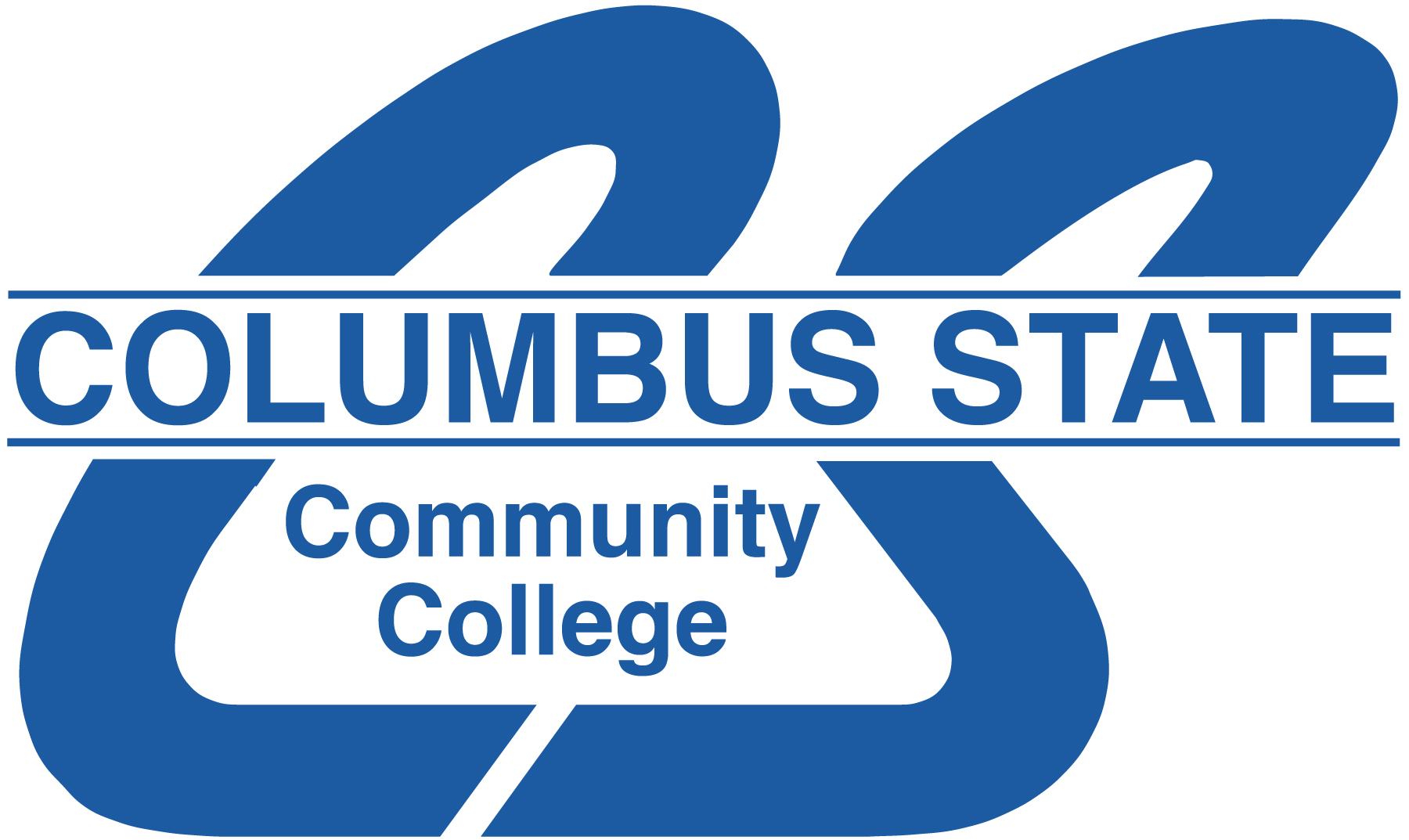

The decline in ferritin over ICU days 1-4 was similar between survivors and non-survivors. There was no difference between admission and Day 1 ICU ferritin levels (611.5 ng/mL vs. 001) and need for mechanical ventilation (OR 3.9, P <.

001), admission to the ICU (OR 2.78, P <. Patients with an initial ferritin of > 490 ng/mL had an increased risk of death (OR 3.4, P <. Regression models were used to determine the relation between ferritin and mortality, need for mechanical ventilation, ICU admission, and days on the ventilator. Methods: Patients admitted to Henry Ford Hospital with confirmed SARS-CoV-2 were studied. Optimal timing of ferritin assessment and the merit of longitudinal values remains unclear. Purpose: Elevated ferritin levels are associated with poor outcomes in Covid-19 patients. Further it makes it easier to explain the morphological characteristics, magma of crustal origin, and in particular, the mass transport process in the lower crust, which is the most important factor in the formation processes of the Tibetan Plateau, than the indentation process of the strong lithosphere.


Our study is consistent with the existence of partial melting and flow channels of the Tibetan lower crust previously discovered by geophysical explorations. Our hypothesis was further tested and validated by three‐dimensional numerical simulations, revealing the decoupled lithospheric folds in the collisional tectonic setting. The deep‐seated folding structure modeled using the latest satellite gravimetry shows a structure consistent with the plate tectonic setting, which allows rocks to melt easier and flow in the lower crust underneath the Tibetan Plateau. Here we emphasize the importance of decoupled lithospheric folding and its geodynamic process that has not yet been fully considered in the contemporary hypotheses on the origin of Tibetan Plateau's formation. The Tibetan Plateau, known as the Roof of the World, is the highest and largest Plateau on Earth, whose formation involves complex and active geodynamic processes since the Late Miocene. Results show that using the TVS augmented injector simplifies transfer operation via enhanced condensation at the injector surface at the cost of sacrificing only a small amount of propellant. For four of the tests, the injector sprays liquid into the tank as normal, but also uses a TVS heat exchanger to cool the metallic injector itself as well as the main incoming liquid stream. Eight tests were conducted using liquid nitrogen across a range of inlet conditions and boundary conditions, and three different chilldown/fill methods. This paper presents in-depth test data analysis of a Thermodynamic Vent System (TVS) augmented injector used for cryogenic tank chilldown and fill experiments of a thin-walled Titanium tank. This methodology is particularly attractive for performing in-space transfer of cryogens due to the unknown location of the liquid/vapor interface in microgravity and the high likelihood of venting liquid if the vent valve is opened during transfer. Traditionally, a cryogenic tank must be pre-chilled to some “target” temperature before the main vent valve can be closed to attempt a non-vented fill (NVF) of cryogenic liquid propellant. Second generation anti-histamines such as fexofenadine HCl can help managing the symptoms. The burden of acute and chronic urticaria is high for patients. The occurrence of urticaria manifestations in COVID-19 patients is also briefly presented. Herein, the efficacy and safety of fexofenadine HCl, a representative second-generation H 1 -antihistamine approved for the treatment of urticaria, is discussed. Non-sedating, second-generation H 1 -antihistamines are the preferred choice of treatment across several guidelines worldwide. A summary of the current management of urticaria recommended by different guidelines across countries (Global European American Australian Asian Japanese) is presented. The impact of urticaria on patient’s life differs on the basis of whether its form is acute or chronic, but pharmacological approaches are most often needed to control the disabling symptoms. An overview of the worldwide prevalence of chronic urticaria, including disease burden and patient’s quality of life is provided.
#COLUMBUS STATE UNIVERSITY UPDATE#
The present narrative review provides a comprehensive update of the current knowledge on urticaria, both in adult and pediatric populations, and on the safety and efficacy of fexofenadine hydrochloride (HCl) as a treatment option.Ī literature search was conducted on Embase and Medline.Ĭlinical studies published in English and published between 19 were selected.Īlthough the exact pathogenesis of urticaria is not fully understood, multiple pathways of mast cell activation are discussed to explain the existence of phenotypically different clinical manifestations of urticaria.


 0 kommentar(er)
0 kommentar(er)
